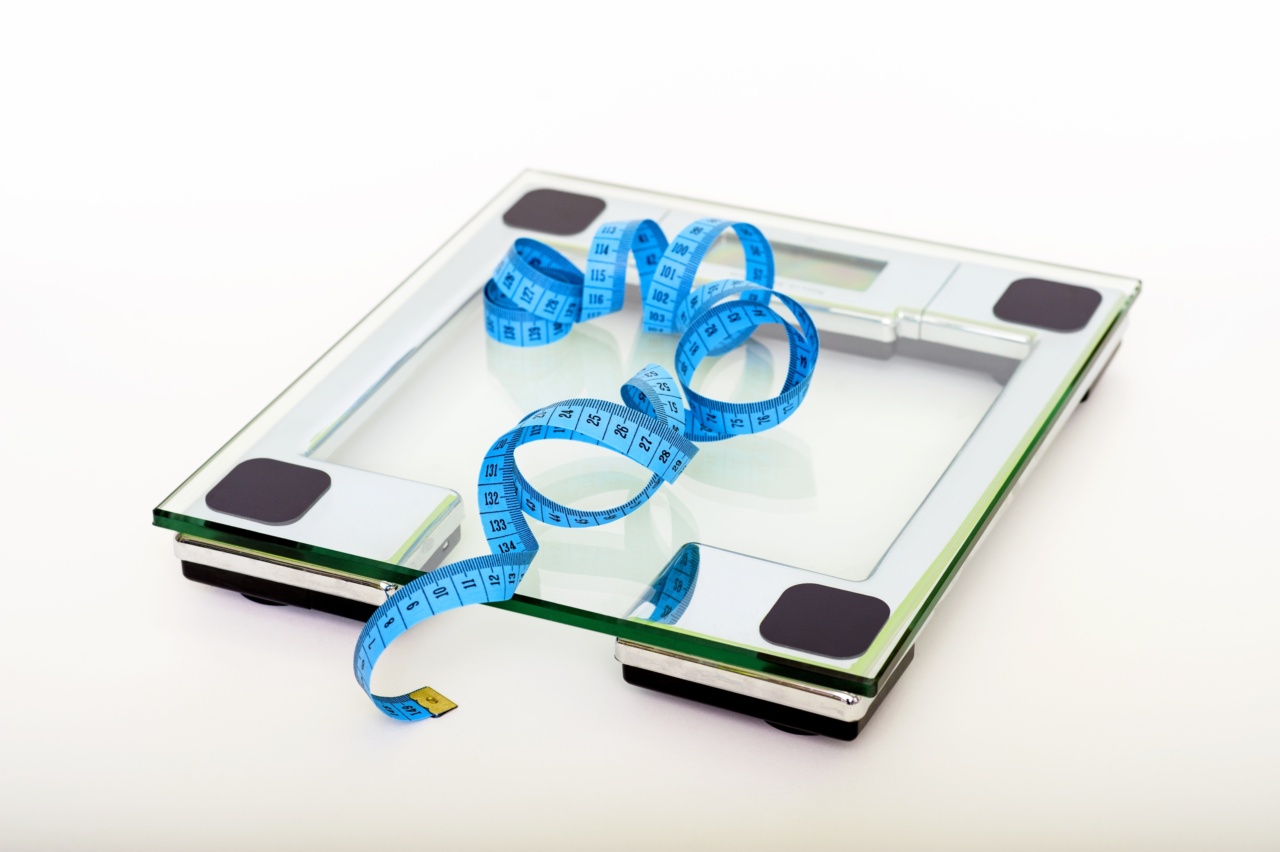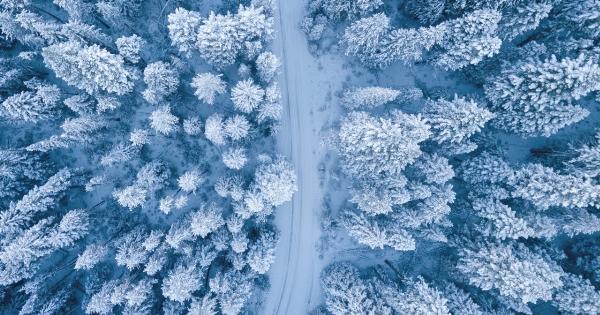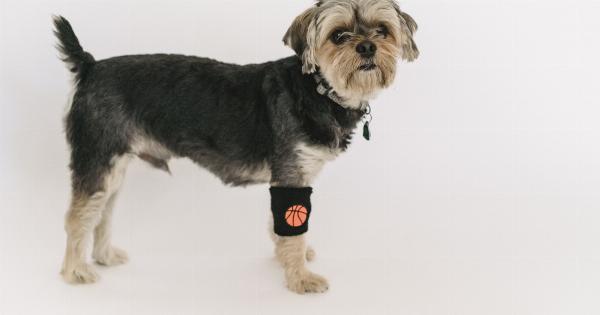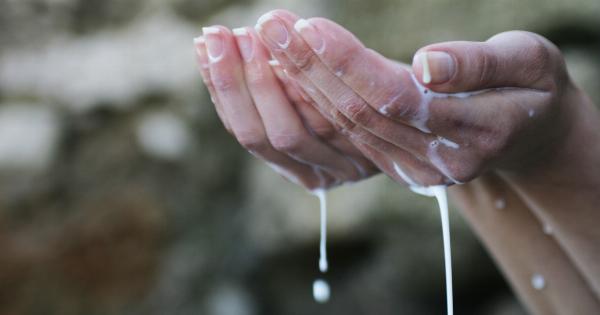Winter is here, and with it comes the task of clearing snow from your front yard, driveway, and sidewalk. While it may seem like a mundane chore, clearing snow can be physically demanding and exhausting.
Moreover, if not done the right way, it can lead to injuries and health problems. In this article, we share 30 tips to clear snow without risking your health.
1. Dress Appropriately
While it might be tempting to throw on a few layers of clothes and head out to clear the snow, that approach isn’t ideal. Instead, you want to dress appropriately for the weather conditions.
Wear warm, water-resistant clothing, gloves, a hat, and warm boots with good traction.
2. Warm-Up Beforehand
Clearing snow can be a physically demanding task, so it’s essential to warm up beforehand. Do some stretching exercises to prepare your muscles and prevent injury.
3. Use a Snow Blower
Using a snow blower can help you clear your driveway and sidewalk quickly and efficiently, reducing the risk of overexertion.
If you plan on using a snow blower, make sure you read the manual to understand how it works and follow the safety instructions carefully.
4. Use a Snow Shovel
If you don’t have a snow blower, you can use a snow shovel to clear the snow. Use a lightweight shovel with a curved handle that is easy to grip.
Don’t use a shovel that is too heavy or too long as it can cause strain on your back and shoulders.
5. Pace Yourself
Clearing snow can be a time-consuming task, so it’s essential to pace yourself. Take regular breaks and don’t work for more than 20-30 minutes at a time.
6. Use Proper Technique
When using a snow shovel, you want to use proper technique to reduce the risk of injury. Bend your knees, keep your back straight, and lift the snow with your legs, not your back.
Avoid twisting your body and throwing snow over your shoulder, as it can strain your back and shoulders.
7. Clear Snow Early
Clearing snow early can make the task easier and prevent ice from forming. Try to clear snow within 24 hours of it falling to make the job more manageable.
8. Remove Ice and Hard Snow First
If you are clearing snow that has become hard or icy, it’s essential to remove it first. Use an ice chipper or shovel to break up the hard snow and remove it before you start clearing the rest of the snow.
9. Don’t Wait for Snow to Accumulate
Many people wait for the snow to accumulate before they start clearing it. However, this can make the job more difficult and increase the risk of injury.
Clearing the snow as it falls can make the task easier and reduce the amount of snow you need to clear at once.
10. Use Salt or a De-Icing Product
If you are dealing with icy surfaces, use salt or a de-icing product to melt the ice. This will make it easier to clear the snow and reduce the risk of slip and fall injuries.
11. Wear Goggles
When using a snow blower or shoveling snow, wear goggles to protect your eyes from snow and ice.
12. Avoid Overexertion
Don’t overexert yourself while clearing snow. If you have any health conditions or concerns, consult your doctor before attempting to clear snow. If you feel tired or short of breath, take a break.
13. Use Proper Footwear
Wear slip-resistant footwear while clearing snow to reduce the risk of slips and falls. Avoid shoes with smooth soles or high heels.
14. Work Smart
Work smarter, not harder. Use tools and techniques that make the job easier, such as a snow blower or heated driveway.
15. Clear Snow in Sections
Clear snow in sections to reduce the risk of injury and make the task more manageable. Start with small sections and work your way up to larger ones.
16. Avoid Overcrowding
Don’t overcrowd your body with layers of clothing and accessories. Overdressing can increase the risk of overheating and exhaustion.
17. Keep the Snow Blower Blades Clear
Make sure the blades of your snow blower are clear of debris before you start using it. Snow and ice can get stuck in the blades, causing the snow blower to clog or malfunction.
18. Use a Rope for Easy Maneuvering
If you are using a snow shovel, tie a rope to the handle to make it easier to maneuver. This will reduce the strain on your back and shoulders.
19. Use the Right Chemicals
Use chemicals and de-icers that are safe for the environment and your pets. Avoid using chemicals that are harmful to the environment and can damage your driveway or sidewalk.
20. Use Your Legs, Not Your Back
When lifting and throwing snow, use your legs, not your back. Bend your knees and keep your back straight. This will reduce the risk of back injuries.
21. Take Frequent Breaks
Take frequent breaks while clearing snow to avoid overexertion. Drink water and stay hydrated.
22. Be Careful on Slopes
Be careful when clearing snow on slopes. Use caution and go slow to prevent slips and falls.
23. Keep Your Shovel Close
Keep your snow shovel close to your body to reduce the strain on your back and shoulders. Avoid reaching and twisting your body.
24. Clear Snow Away from Your Home
When clearing snow, make sure to pile it away from your home’s foundation and close to the edge of your property. This will prevent damage to your foundation and reduce the risk of flooding.
25. Hire a Professional
If you are unable to clear snow or don’t have the tools, consider hiring a professional to do the job for you.
26. Use Non-Stick Sprays
Use non-stick sprays on your shovel or snow blower blades to prevent snow and ice from sticking to them.
27. Clear Snow from Roof
If you have snow on your roof, remove it as soon as possible to prevent damage to your roof and reduce the risk of collapse.
28. Get Help
Don’t be afraid to ask for help when clearing snow. Enlist the help of family members, friends, or neighbors to make the job easier and reduce the risk of injury.
29. Stay Warm
Stay warm while clearing snow by dressing appropriately and staying hydrated. Drink warm beverages and take breaks in a warm location.
30. Maintain Equipment
Maintain your snow-clearing equipment to ensure it’s in good working condition. Keep it clean and store it properly to increase its lifespan.































